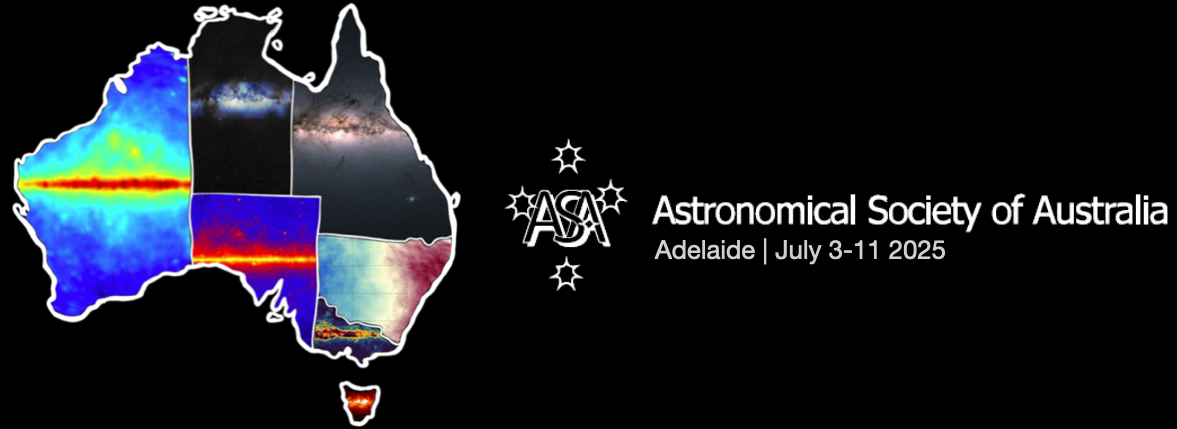Speaker
Description
For the first time ever, it is possible to obtain well sampled lightcurves of fast transients, with a plethora of data provided by a range of telescopes. In particular, TESS has a unique fast cadence that allows us to observe transients during the rise, and decay after peak brightness. With TESS alone our understanding of these fast transients is limited due to the lack of colour information. However, by incorporating slower and deeper multi-band observations from ground based telescopes, such as ZTF and LSST, we can more easily identify the transient type and constrain their physical properties. We present two examples of the synergy between TESS and ground-based telescopes in the analysis of two gamma ray burst afterglows, 2021buv and 2024zuk. We will also present the framework for a joint fast transient search and analysis with TESS and LSST following LSST first light later this year.

